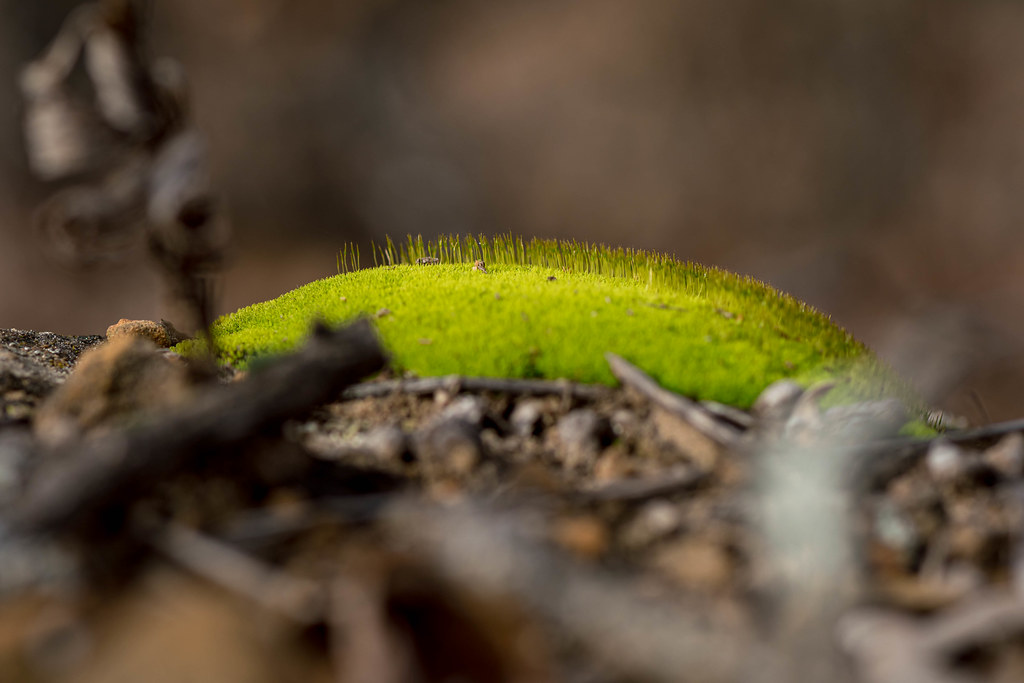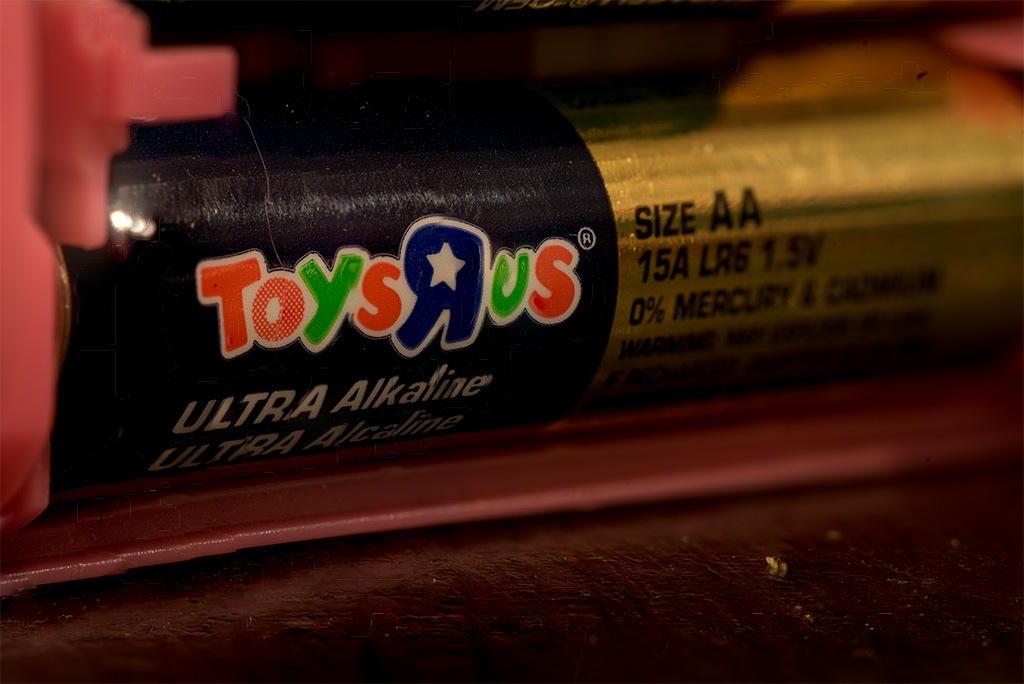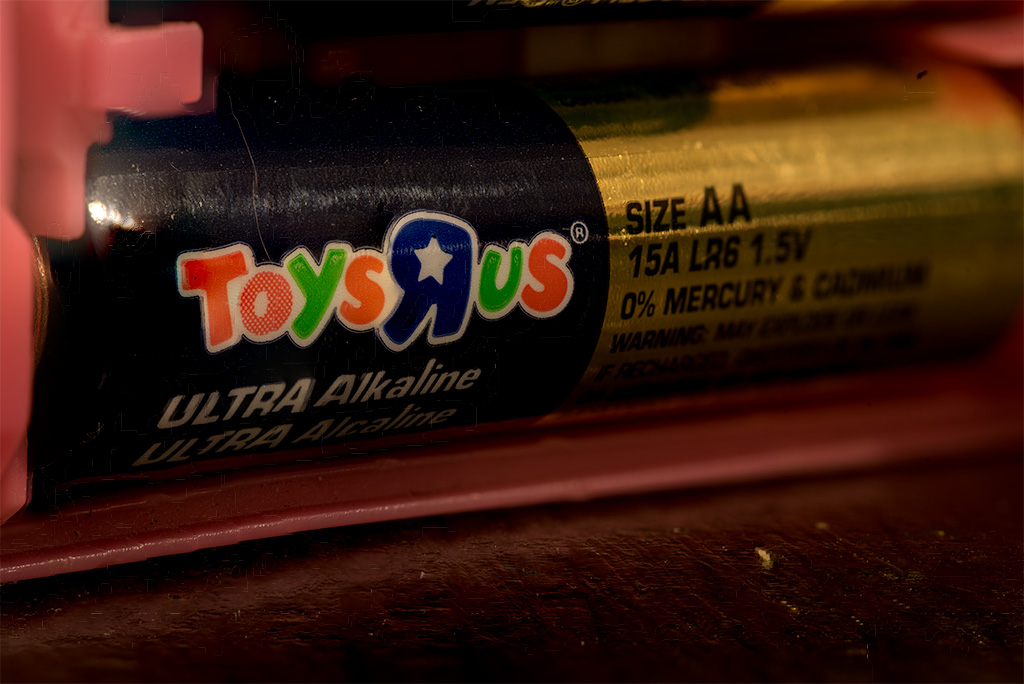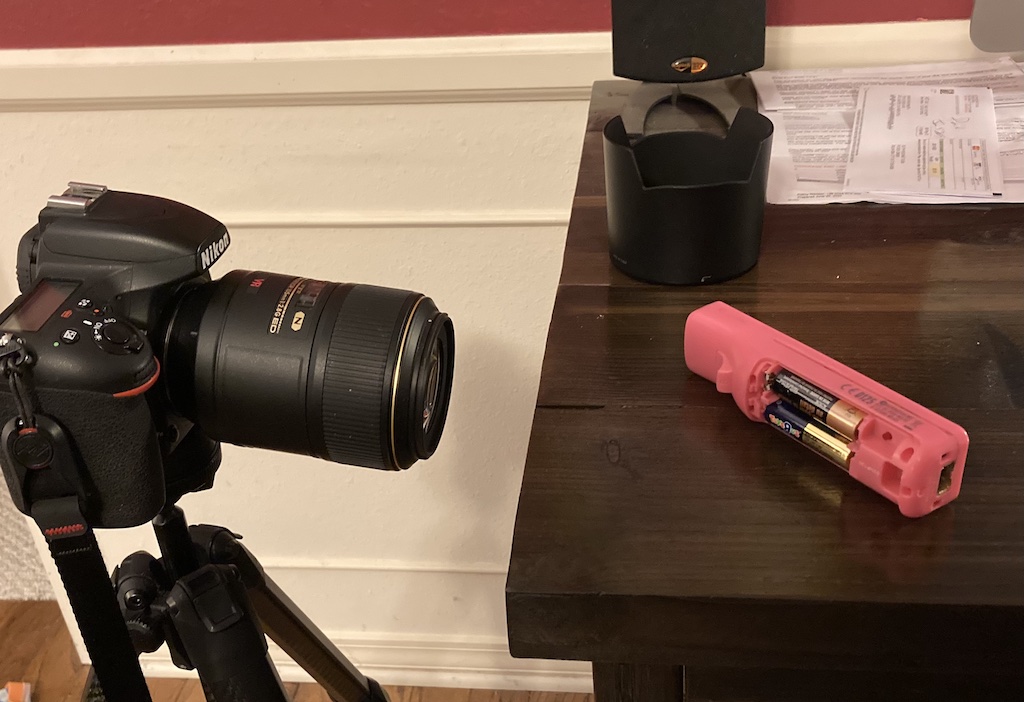
Photography is all about capturing light. In fact, the word photography literally means drawing with light. One of the always-challenging but ever-rewarding aspects of learning photography over the years has been refining my ability to see the light in a given scene: where is it coming from? Where is it, like Unicron or Cotton-Eyed Joe, going? Where is the subject in relation to the light? What will happen if I reposition myself, or the light, to change the mood and composition of the image? So many things to think about and, often, so little time during which to think about them. At least that was the case with this week’s photo, anyway. I shot this while out hiking with my family at Lake Carl Blackwell, and while walking down the path I came across this scene:
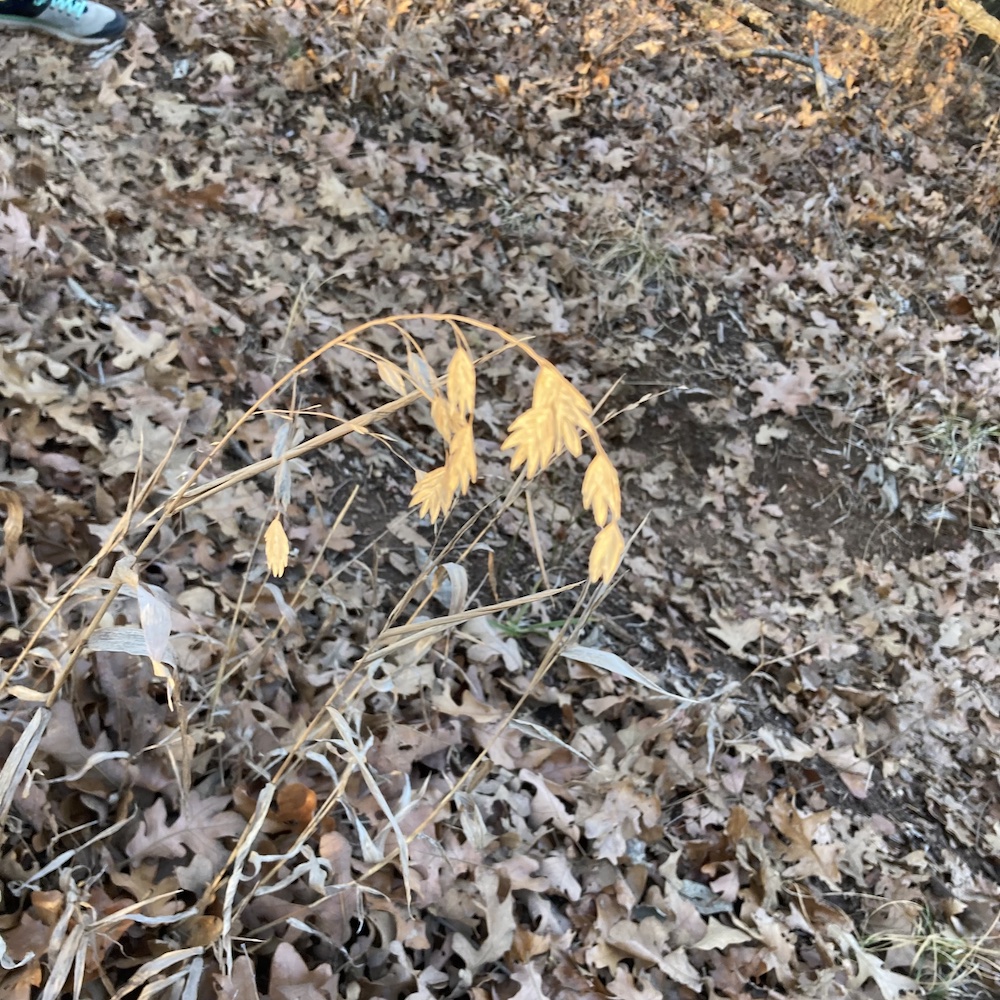
It wasn’t much to look at, and I nearly just kept on going without giving this dried-up plant any consideration whatsoever. Then I thought about the light and what effect it was having on this subject, and paused to consider this rather unremarkable scene from a photographer’s perspective. From one angle, such as the iPhone shot you see directly above, there was nothing interesting going on whatsoever. But from another angle, with the subject backlit, the entire scene was transformed into something else entirely. No longer a small collection of dry, dusty flora: instead the image came alive with bright highlights around the edges, rich color gradations, and a beautifully-blurred background. I had my Nikon D500 and 105mm f/2.8 macro lens with me, but rather than trying to get as close as possible to this plant I instead just attempted to create an interesting composition regardless of how close or far away I was. What I got is what you see here, albeit with a slight crop in Lightroom in order to remove some empty space on the left. I shot this at f/8 but also took some at smaller apertures and, once again, I was reminded by my macro lens how rarely I really need to shoot with a wide aperture. Even at f/8 the center is tack-sharp while the leaves (or whatever you call them) just to the right and to the left are ever so slightly blurry, which lends a sense of depth to the scene that is, as Goldilocks might say, just right.

